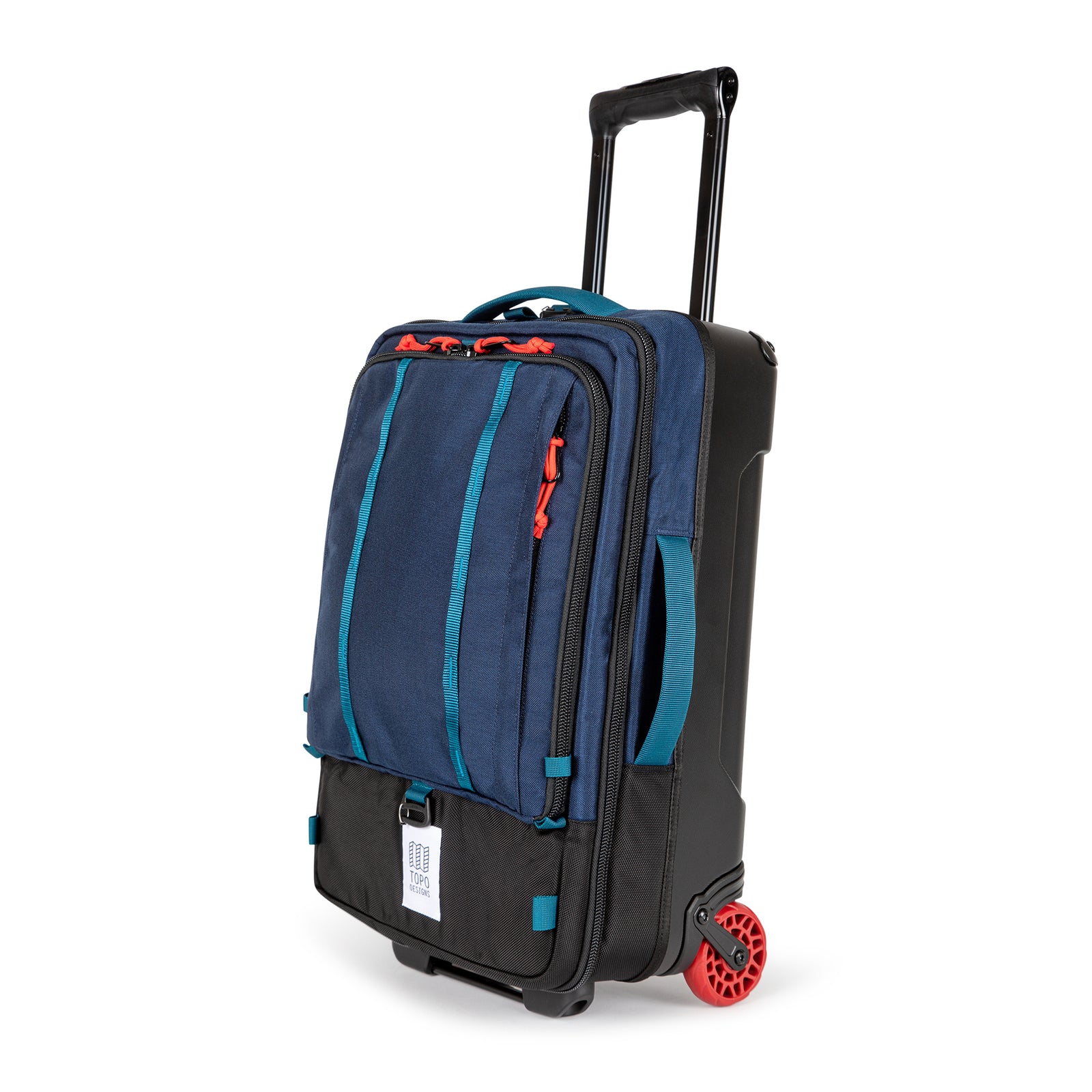Top 10 Aviation Safety Tips for Travelers
Introduction
Safety should always be a top priority when it comes to air travel. Whether you’re a frequent flyer or embarking on your first flight, being informed about aviation safety can make all the difference in ensuring a smooth and secure journey. In this article, we’ll share ten essential aviation safety tips to help passengers navigate their flights with confidence and peace of mind.
1. Choose Your Seat Wisely
Selecting the right seat can play a significant role in your safety and comfort during the flight. Opt for seats near the emergency exits for easy access in case of emergencies. Additionally, consider choosing seats towards the front of the aircraft, as studies have shown that these areas tend to experience fewer incidents during crashes.
2. Pay Attention to the Safety Briefing
Although it may seem routine, paying attention to the pre-flight safety briefing is crucial. Listen carefully to the flight attendants’ instructions on seatbelt usage, oxygen mask deployment, and emergency exits. Familiarize yourself with the location of the nearest exits and alternative evacuation routes.
3. Fasten Your Seatbelt Correctly
Ensure that your seatbelt is fastened securely throughout the flight, even when the seatbelt sign is turned off. The seatbelt should be low and tight across your lap, with the buckle securely fastened. In case of unexpected turbulence, having your seatbelt fastened can prevent injuries and keep you safe.
4. Follow Cabin Crew Instructions
Respect and adhere to the instructions given by the cabin crew at all times. They are trained professionals responsible for your safety onboard. In case of emergencies or unexpected situations, follow their guidance promptly and without hesitation.
5. Be Mindful of Overhead Bin Items
When stowing your carry-on luggage in the overhead bins, ensure that they are securely placed and do not pose a risk of falling out during the flight. Avoid overloading the bins or placing heavy items that could injure passengers in case of turbulence or sudden movements.
6. Familiarize Yourself with Emergency Procedures
Take a moment to review the safety card located in the seat pocket in front of you. It provides essential information on emergency procedures, including how to use the oxygen masks, life vests, and emergency exits. Knowing these procedures beforehand can help you stay calm and act quickly in case of emergencies.
7. Keep Your Shoes On
While it may be tempting to kick off your shoes and relax during the flight, it’s advisable to keep your shoes on at all times. In the event of an emergency evacuation, wearing shoes can protect your feet from sharp objects, debris, and slippery surfaces.
8. Stay Hydrated and Stretch Regularly
Maintaining good hydration and blood circulation is essential during long flights. Drink plenty of water throughout the flight and take breaks to stretch your legs and move around the cabin. This can help prevent blood clots and reduce the risk of deep vein thrombosis (DVT).
9. Secure Loose Items During Takeoff and Landing
Before takeoff and landing, ensure that all loose items such as laptops, books, and electronic devices are safely stowed away in your carry-on luggage or under the seat in front of you. Secure tray tables, seatbacks, and footrests in the upright and locked position.
10. Stay Calm and Alert
Lastly, remain calm and alert throughout the flight, especially during periods of turbulence or unexpected events. Keep your attention focused on the cabin crew’s instructions and be prepared to follow emergency procedures if necessary. Remember that aviation safety is a shared responsibility, and your cooperation plays a vital role in ensuring a safe and pleasant flight for everyone.
Conclusion
By following these aviation safety tips, you can travel with confidence, knowing that you’re well-prepared to handle any situation that may arise during your journey. Safe travels!



